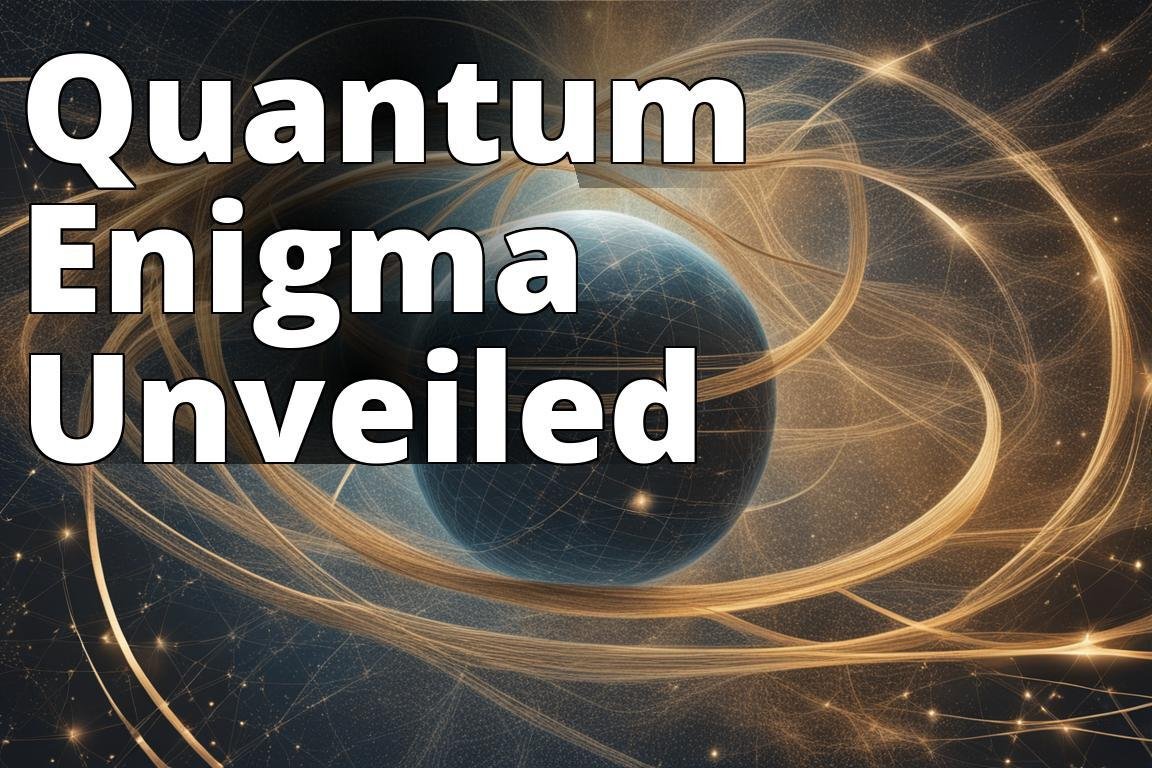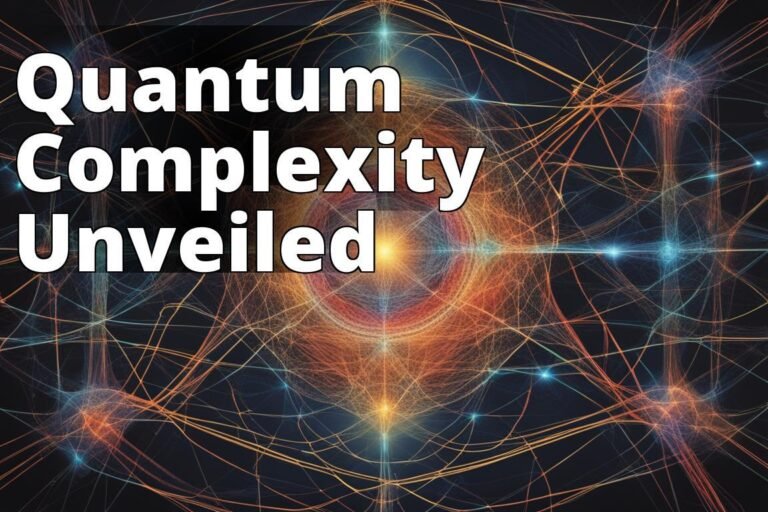Spooky action at a distance
Learn about Spooky Action at a Distance
- Quantum entanglement is a phenomenon where particles become interconnected and their states are linked, regardless of the distance between them.
- The history of entanglement dates back to the early 20th century when scientists like Einstein, Podolsky, and Rosen proposed the EPR paradox.
- Bell’s theorem, the CHSH inequality, GHZ paradox, and the W state are all concepts related to understanding and testing the principles of quantum entanglement.
Spooky Action at a Distance
Imagine you and your friend hold a pair of magical dice that always show the same number, no matter how far apart you are when you roll them. This concept, as bizarre as it sounds, gets us close to understanding the phenomenon of quantum entanglement, or as Albert Einstein famously called it, “spooky action at a distance.” It’s a fundamental principle of quantum physics that has puzzled and fascinated scientists for decades, challenging our classical notions of space and time.
Quantum entanglement is a weird and wondrous aspect of our universe where particles become so deeply connected that the state of one (no matter the distance) instantly influences the state of another. This interconnectedness occurs instantaneously, seemingly defying the speed of light and our traditional understanding of cause and effect.
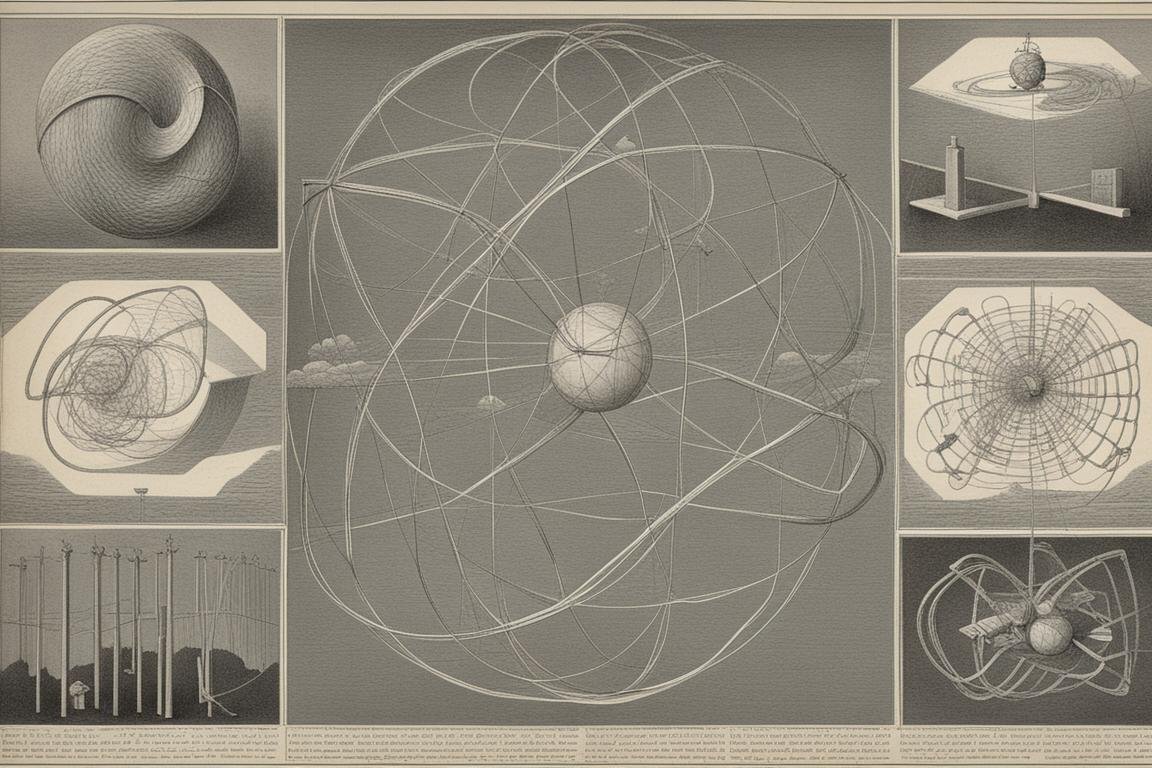
What Is Quantum Entanglement?
To put it simply, quantum entanglement is a physical phenomenon where pairs or groups of particles interact in such a manner that the quantum state of each particle cannot be described independently of the state of the others, even when the particles are separated by a large distance. This means that measuring a particular property (like spin or polarization) of one particle instantly determines the property of the other, no matter how far apart they are.
This is not about sending information from one place to another but about the intrinsic nature of these particles that remain interconnected. The peculiar thing here is that this connection seems to transcend the limitations of space and time.
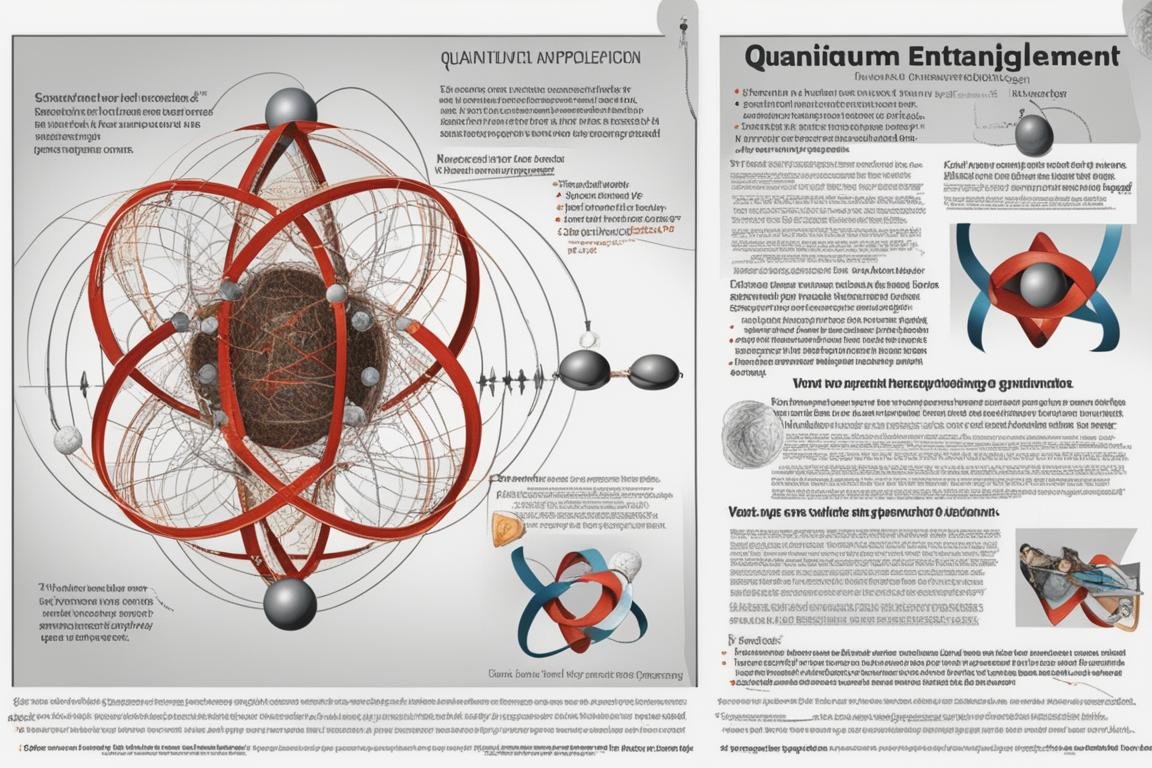
What Is the History of Entanglement?
The concept of quantum entanglement first emerged from the quantum mechanics theory developed in the early 20th century. However, it was Albert Einstein, Boris Podolsky, and Nathan Rosen who, in 1935, brought significant attention to the phenomenon through what is now known as the EPR paradox. They aimed to demonstrate that quantum mechanics was incomplete. Yet, ironically, their work laid the groundwork for the future exploration of quantum entanglement.
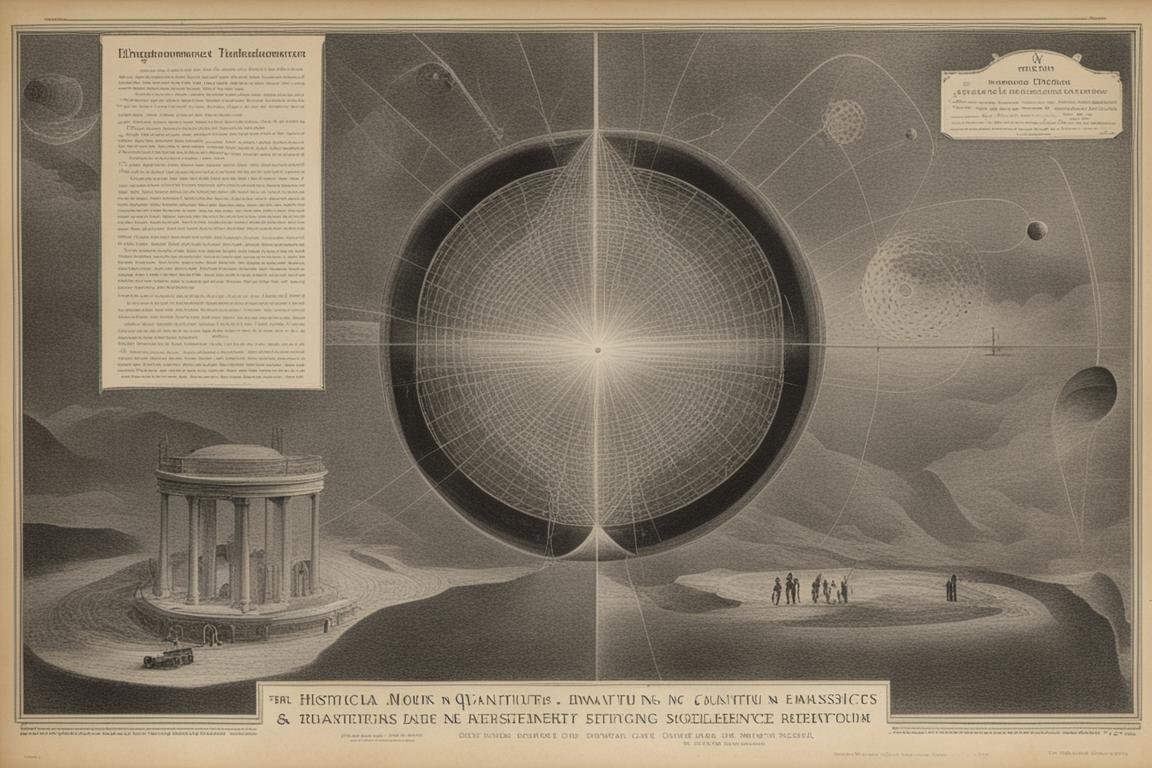
What Is the EPR Paradox?
The EPR paradox is a thought experiment that questioned the completeness of quantum mechanics. Einstein and his colleagues proposed a scenario where two particles are entangled, and measuring one could instantaneously affect the other, regardless of the distance separating them. They argued this “spooky action at a distance” suggested that quantum mechanics could not provide a complete description of physical reality.
Einstein’s discomfort stemmed from his belief in a deterministic universe, where such instantaneous effects seemed impossible. Yet, the EPR paradox has become a cornerstone in the quest to understand the quantum realm.
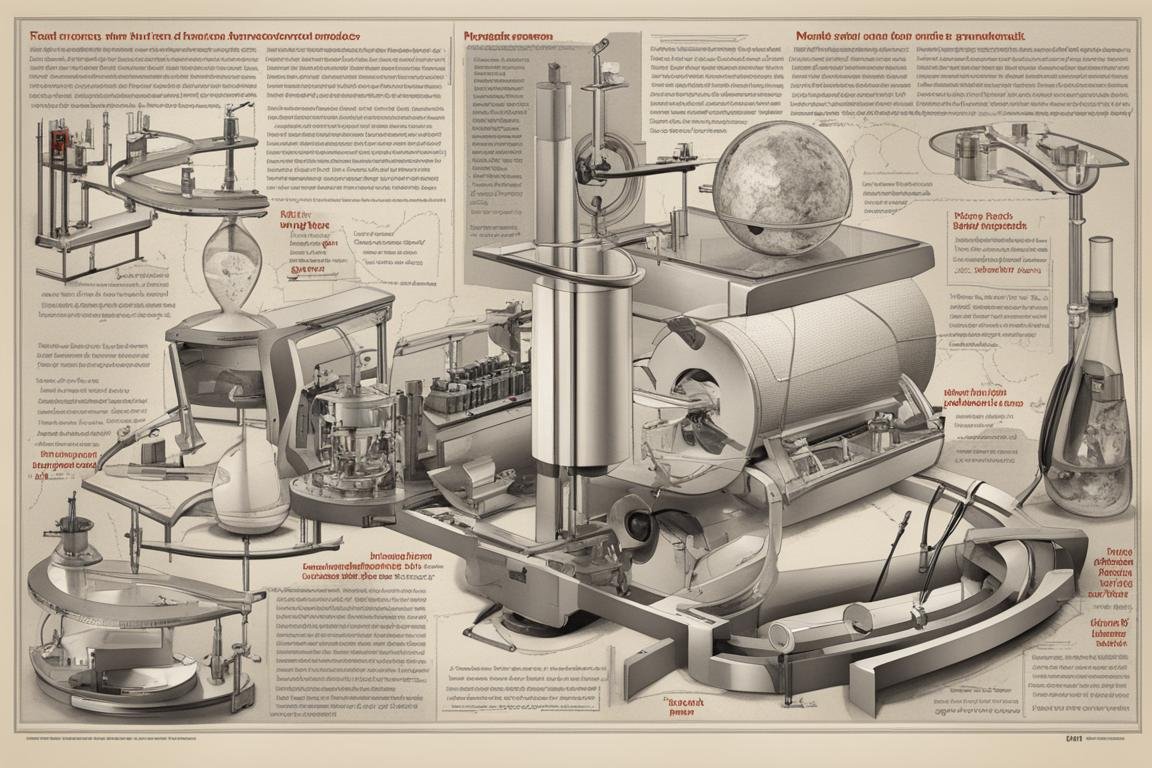
What Is Bells Theorem?
In 1964, physicist John Bell proposed a theorem that offered a way to test the predictions of quantum mechanics against the ‘local hidden variables’ theory suggested by the EPR paradox. Bell’s theorem showed that certain statistical predictions of quantum mechanics (which include entanglement) could not be reproduced by any local hidden variables theory.
The implications of Bell’s theorem were profound, as it provided a method to experimentally determine whether quantum mechanics or the classical description of physics was correct regarding the nature of reality.
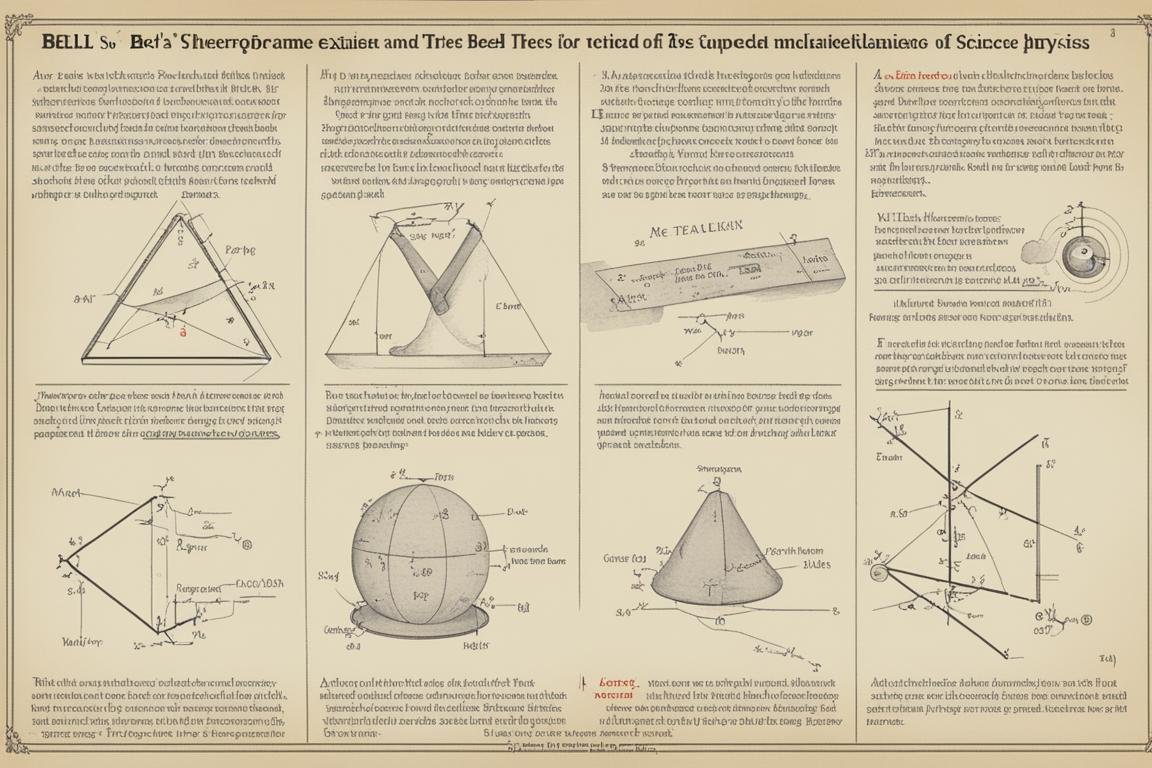
What Is the CHSH Inequality?
The CHSH inequality is a mathematical expression used in the context of Bell’s theorem. It provides a specific inequality that local hidden variable theories cannot violate, but which quantum mechanics predicts will be violated due to the nature of entangled particles. Experiments testing the CHSH inequality have consistently supported the predictions of quantum mechanics, further solidifying the reality of quantum entanglement.
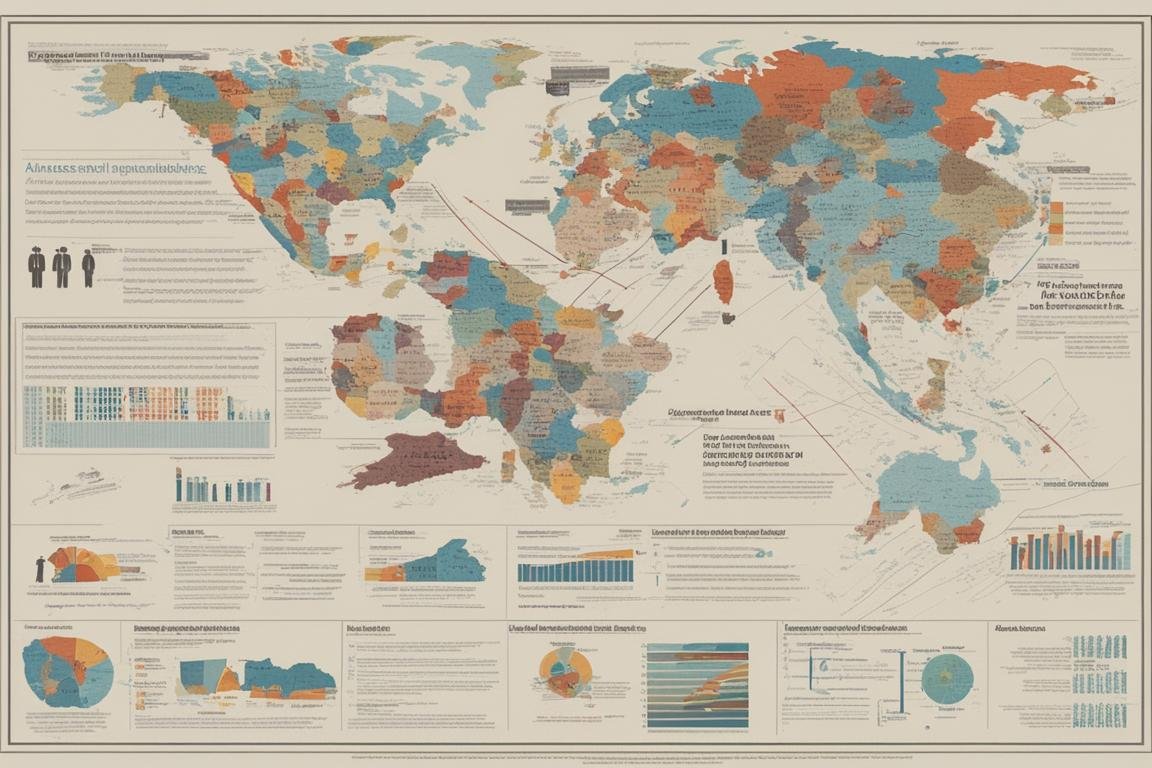
What Is the GHZ Paradox?
The GHZ paradox, named after Greenberger, Horne, and Zeilinger, who introduced it in 1989, extends the discussion of quantum entanglement to more than two particles. It presents scenarios where multipartite entangled states lead to predictions that are in direct conflict with classical intuition, offering even stronger evidence of the non-locality of quantum mechanics than provided by Bell’s theorem alone.
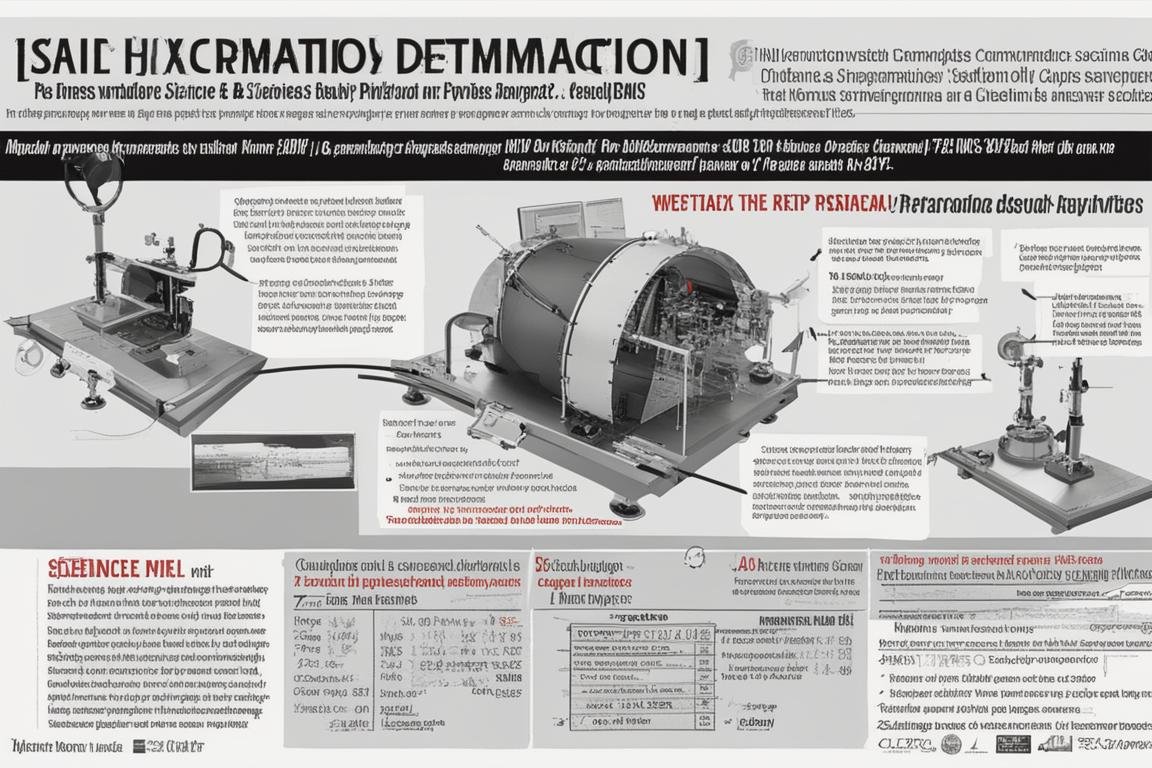
What Is the W State?
The W state is a specific type of entangled state that involves three or more particles. Unlike other entangled states, where the entanglement can be lost if one particle is measured or interacts with the environment, the W state retains its entanglement. This resilience makes the W state particularly interesting for quantum computing and communication, as it suggests a way to maintain quantum connections over longer durations and through interactions.
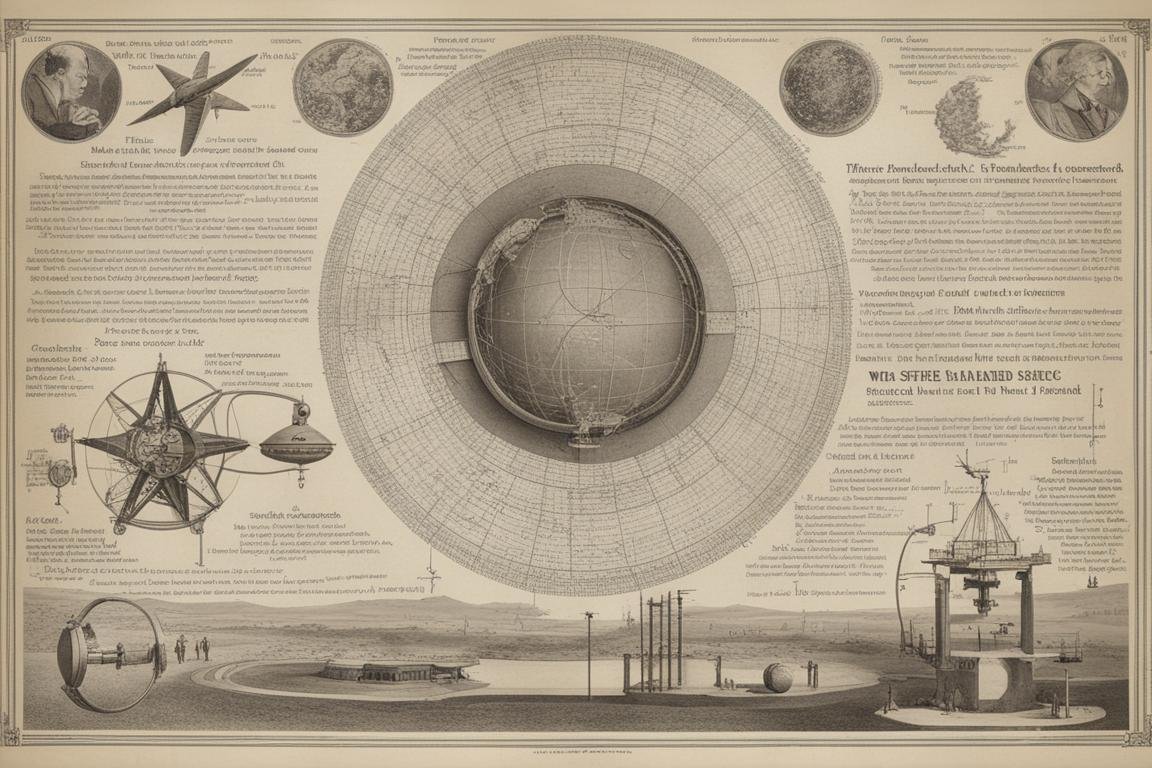
Quantum Entanglement: The Research
Scientists have conducted numerous experiments to explore and confirm the reality of quantum entanglement. Here, we summarize three pivotal studies:
- The Aspect Experiment (1982): Alain Aspect and his team performed experiments that tested the predictions of Bell’s theorem by measuring the polarization of entangled photons. The results significantly violated the CHSH inequality, supporting the non-local predictions of quantum mechanics and the reality of quantum entanglement.
- Distance Record for Entanglement (2015): A team of researchers successfully demonstrated quantum entanglement over a record distance of more than 1,200 kilometers. This experiment, involving satellites and ground stations, underscored the potential for quantum communication systems that are secure from eavesdropping.
- Ten-Qubit Entanglement (2018): Scientists achieved the entanglement of ten photons, setting a new record for the number of particles entangled. This experiment marks a significant step toward practical quantum computing, demonstrating the potential to increase the complexity and computational power of quantum systems.
Conclusion
Quantum entanglement remains one of the most intriguing and least understood phenomena in physics. It challenges our classical views of space, time, and information, offering a glimpse into the fundamental workings of the universe. As research continues, we edge closer to unlocking the mysteries of “spooky action at a distance,” paving the way for revolutionary technologies in computing and communication. The journey to understand quantum entanglement is far from over, but each discovery brings us closer to grasping the true nature of our quantum universe.
Common Questions
What is spooky action at a distance in quantum physics?
It refers to particles instantaneously influencing each other’s states regardless of the distance between them.
How does spooky action at a distance challenge classical physics?
It challenges classical physics by defying the principle of locality.
Who first proposed the concept of spooky action at a distance?
The term was coined by Albert Einstein to describe quantum entanglement.
What if I find spooky action at a distance hard to grasp?
Quantum mechanics often defies intuition, but it’s a fascinating aspect of science.
How can one observe spooky action at a distance in experiments?
Researchers use entangled particles to demonstrate this phenomenon in laboratory settings.
Isn’t spooky action at a distance just science fiction?
Despite its counterintuitive nature, this phenomenon has been extensively observed and studied in experiments.

